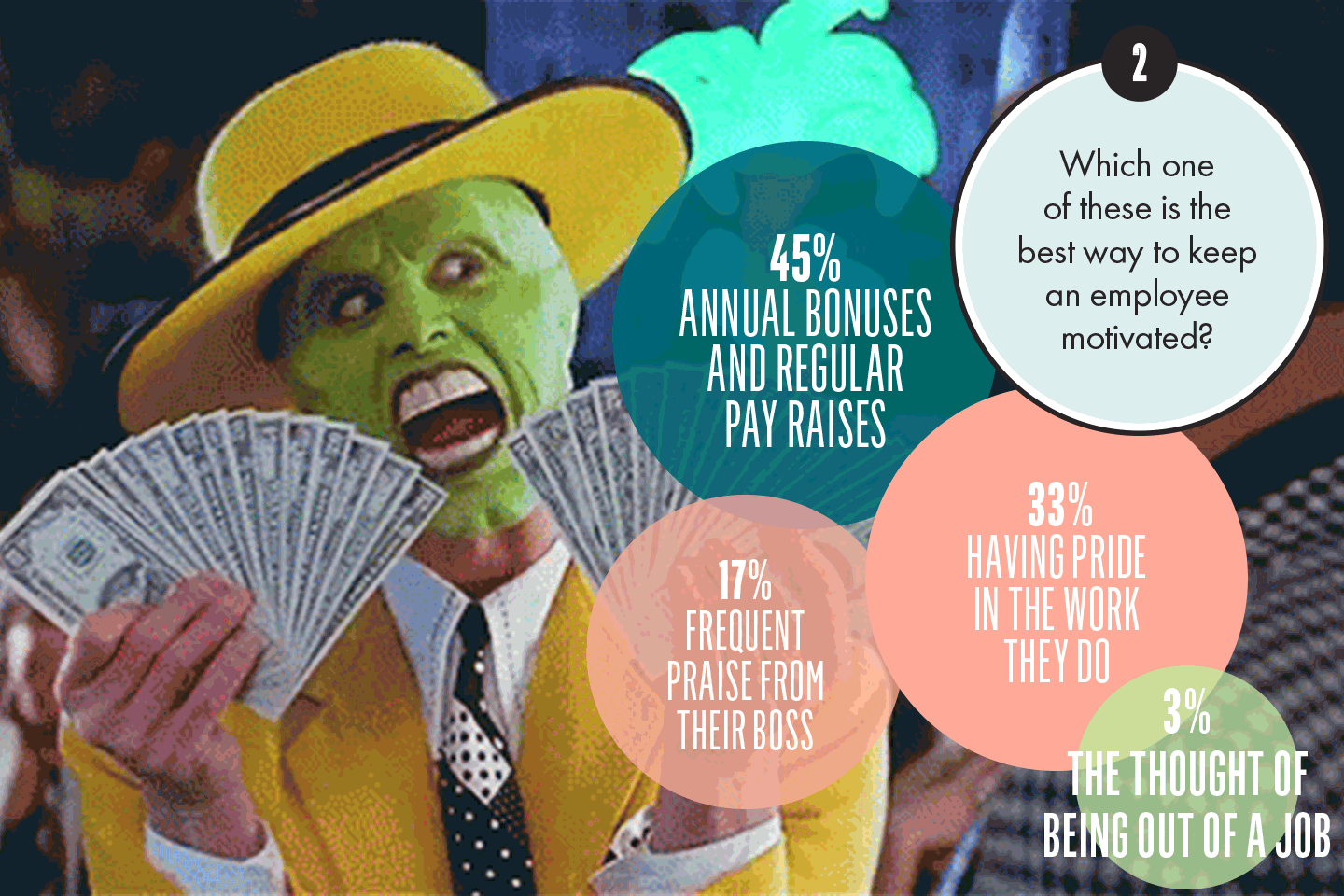All featured products are independently selected by our editors. However, when you buy something through our retail links, Vanity Fair may earn an affiliate commission.
The much-anticipated new media venture from Politico co-founder and former C.E.O. Jim VandeHei and Mike Allen, the founding father of its Playbook newsletter (the lifeblood of the enterprise for years), has been shrouded in mystery since the duo departed earlier this year. VandeHei seemed to suggest its broad contours through various well-placed hints and intimations. Now, he and his partners are unveiling the company name and its mission statement, neatly rolled out ahead of VandeHei’s appearance at a Recode conference later today.
The name: Axios. The mission statement: “Media is broken—and too often a scam.”
If you added an emphatic “Sad!” at the end of that sentence it might credibly pass as the latest tweet from President-Elect Donald Trump. But, as recent polling has shown the public’s trust in journalists to be at rock bottom, VandeHei and company certainly see opportunity there. Axios stands for “worthy” in Greek. As such, the new company promises to deliver content deserving of its readers’ attention. And that starts with the articulation of a seemingly new approach to media strategy.
As VandeHei sees it, the current news-media landscape can be bifurcated into two major categories. There are the existing big-media companies, such as The New York Times and The Wall Street Journal, among others, who are “sitting on a hyper-expensive and extensive blob of technology that is outdated, that is filled with archives and so much information about your customers that you can’t get rid of it.” These companies, he added, “are reliant on a type of advertising that you know is going to die, but you can’t leave it because it’s short-term revenue.” He continued: “They are in a very difficult and painful transition. The reality of it is just setting in, and the amount of upheaval is going to be profound, and it drains not just resources but emotions and enthusiasm.”
Then, there are the news and media start-ups that have been built during the last 10 years, such as Business Insider, which rely on a model that VandeHei describes as “just give me a lot of traffic, I swear to God I will find a business model.” As it happens, when one news outlet gets a lot of traffic, other companies follow the model, and then, eventually, “the law of supply and demand kicks in,” which means that the price those outlets can charge for advertising “goes down, down, down,” according to VandeHei. In that scenario, such companies will either go out of business or combine. We’ve seen some of that with the Huffington Post, the granddaddy of the start-ups being purchased by AOL, which was subsequently bought by Verizon, who later bought Yahoo (not without some regrets). Vox bought Recode. Business Insider sold to Axel Springer. Bill Simmons’s Ringer has failed to gain traction, proving that individual brands are not ironclad guarantees that an audience will follow. (Simmons’s show on HBO premiered on June 22, and was canceled in November.)
For VandeHei, too many media companies have fallen into the traffic trap, or as he has eloquently put it, the “crap trap.” What Axios is trying to do is occupy the space that VandeHei feels The New York Times and The Economist could have commanded if they weren’t tethered to their old print roots. He has joked with potential investors that Axios is best described as what you get if the “Economist mated with Twitter,” and “smartly narrated all the good stuff its own reporters missed,” according to someone familiar with the conversation. In late summer, Axios secured $10 million in financing. The round was led by Lerer Hippeau Ventures, the venture-capital firm integral to the launch of the Huffington Post and BuzzFeed. Also backing the venture is NBC News, which is a media partner and whose president, Andy Lack, will sit on the board. Other funders include Laurene Powell Jobs’s Emerson Collective, Greycroft Partners, and David and Katherine Bradley, owners of Atlantic Media.
In particular, Axios wants to focus on business, technology, politics, and media trends through hiring people “who are authentically wired and smart in those topic areas,” as Allen was uniquely suited when he began Playbook. Dan Primack, who authored the daily Term Sheet newsletter for Fortune, just joined Axios. (Primack’s Term Sheet was so popular, in fact, that it hosted its own N.C.A.A.-tournament-bracket pool for its readers.) VandeHei and his co-founders have talked openly with job candidates and investors about the eye-opening lessons of “smart brevity” that he has learned from We the People, a news service on Snapchat that VandeHei has produced in partnership with NowThis News.
VandeHei, who declined to go into details about exactly how the organization would be structured, appears focused on creating good content that this is specifically designed to live on other platforms, such a Snapchat and Facebook. While the Axios site will not fully launch until late January, closer to the presidential inauguration, the site, with sign-ups for e-mails and news alerts, goes live later today. Primack will likely launch his tech-deals newsletter before the launch, probably around December. There will subsequently be another newsletter on the business and politics of health care, written by David Nather. Allen will reprise his newsletter writing gig with one that “cuts across our topic areas,” VandeHei said. (Roy Schwartz, Politico's former chief revenue officer, is also a co-founder.)
Meanwhile, VandeHei seems to be mostly defining Axios by what it is not. After talking to VandeHei about why anyone would want to launch a new media venture in 2017, with mass layoffs hitting major news organizations and Vice’s co-founder Shane Smith calling for a “bloodbath” in the industry, he e-mailed me: “If we look anything like everyone else a year from now, we are screwed. That is why we plan innovative twists on content, platform, audience and monetization.”
The most significant problem facing news producers, VandeHei told me, is that “there is more good information out there than at any point in humanity, but it’s harder than ever to get to it.” The key to Axios, he elaborated, will be exploring the “collision” between tech and areas such as bureaucracy, health care, energy, and the transportation infrastructure.” He added, “Google and Facebook are gobbling up the media business—they now control two-thirds of the ad market—and conventional publishers are tanking. The media business needs radical overhaul, not knock-offs or wishful thinking.”
Though VandeHei hopes that Axios will eventually garner half of its revenue through subscriptions—presumably through selling high-priced packages to corporations and professionals in specialized fields—he acknowledged that this part of the business has not yet been finalized. “We won’t have a subscription on day one,” he said, adding that Axios would build a model “very quickly.” “What will differentiate us is a very unique twist on how we go about getting content and the platform we built to disseminate that content and how we go after very specific audiences with a level of precision.”
But some of the mystery that shrouded the company in its earliest days of development seems likely to persist, at least for a little bit longer. VandeHei won’t say what the unique twist is, but he lays out the key points in the manifesto, which describes a media company that values short, specialized, high-quality news items that are easily shareable. VandeHei notes that all the 27 people listed in his memo “left cool, safe jobs to start a new company.” VandeHei has said he hopes the company will have 50 employees at launch time. We at the Hive are among those watching closely to see what, in the putative year of the bloodbath, they have joined.




